The Airbus Perlan Mission II is about to become the first glider in the world to ever reach the edge of space (or Kármán line). And with this glider, South American Engineers also hope to break the threshold and rise to the altitude of 90,000 feet (27,000 metres) riding on airwaves.
This is a huge deal not only because this will be a world record flight, but also because by achieving this, the engineers will open the doors for sending more gliders into the upper atmosphere for scientific inquiry and data collection.
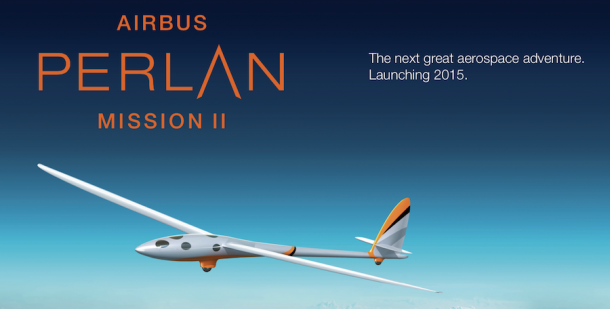
The team said on their website,
“The Airbus Perlan Mission II intends to set new altitude records by flying the Perlan 2 higher than any other manned wing-borne aircraft has ever flown in sustained flight, using stratospheric mountain waves and the polar vortex. In so doing, [we will] harvest invaluable data about Earth’s atmosphere and its ozone layer.”
The proposed record-breaking glider has an 84-foot (25.6-metre) long wingspan, and a pressurised cabin so that the pilots can live through the extreme pressure drops that happen in the upper levels of our stratosphere.
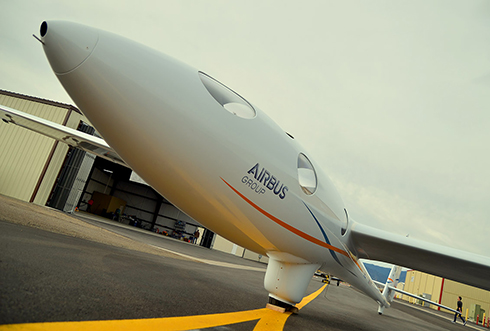
And here comes the most amazing part. Since gliders don’t have any engines or rockets to propel them, they will ride stratospheric mountain waves. These waves are generated due to the strong gusts of wind rising upward from mountain ranges between warm and cold air systems. And they are supplemented with a polar vortex, so making a perfect combination to allow the glider travel farther up into stratosphere than normal mountain waves.
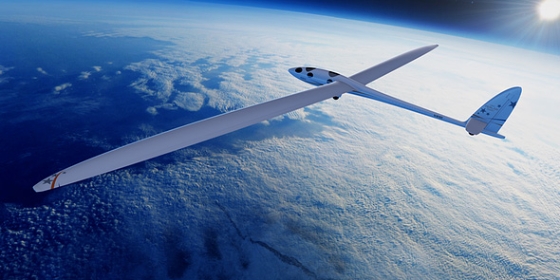
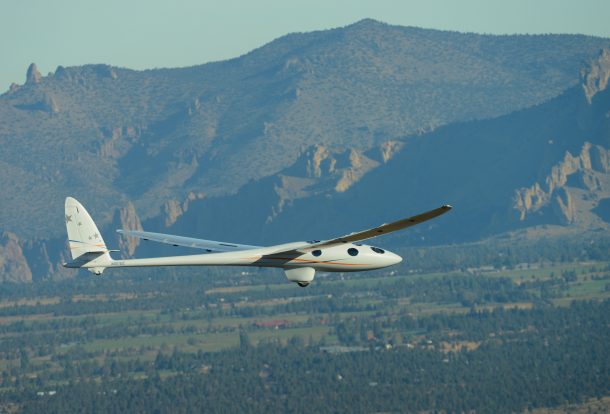
Typically, the polar vortex, occur in August and September, but this year the phenomenon has been sparse, much to the disappointment of the team which is waiting in Patagonia for the ideal conditions for testing.
If the team can pull off their feat, they will be the first to ever reach an altitude of 90,000 feet without needing any sort of fuel to do so, which would be pretty incredible.
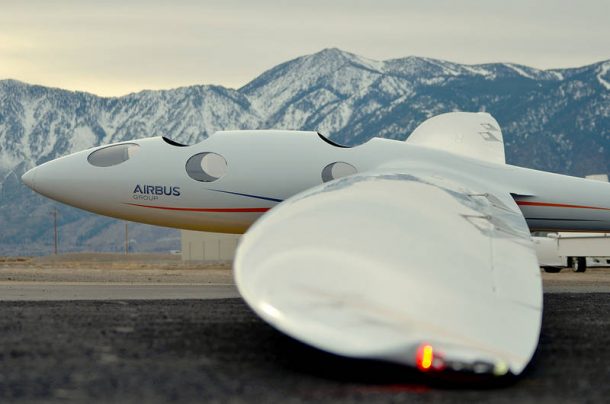
Although the glider is completely at the mercy of the weather, but it still shows how much we can achieve using the natural resources and without relying on fuel. And research and promotion of such technologies can hopefully one day lead to human travel without being reliant on external fuel resources.
Have anything else to add to this article? Let us know in the comments’ section below!


